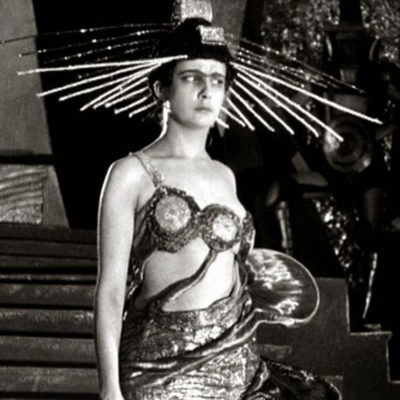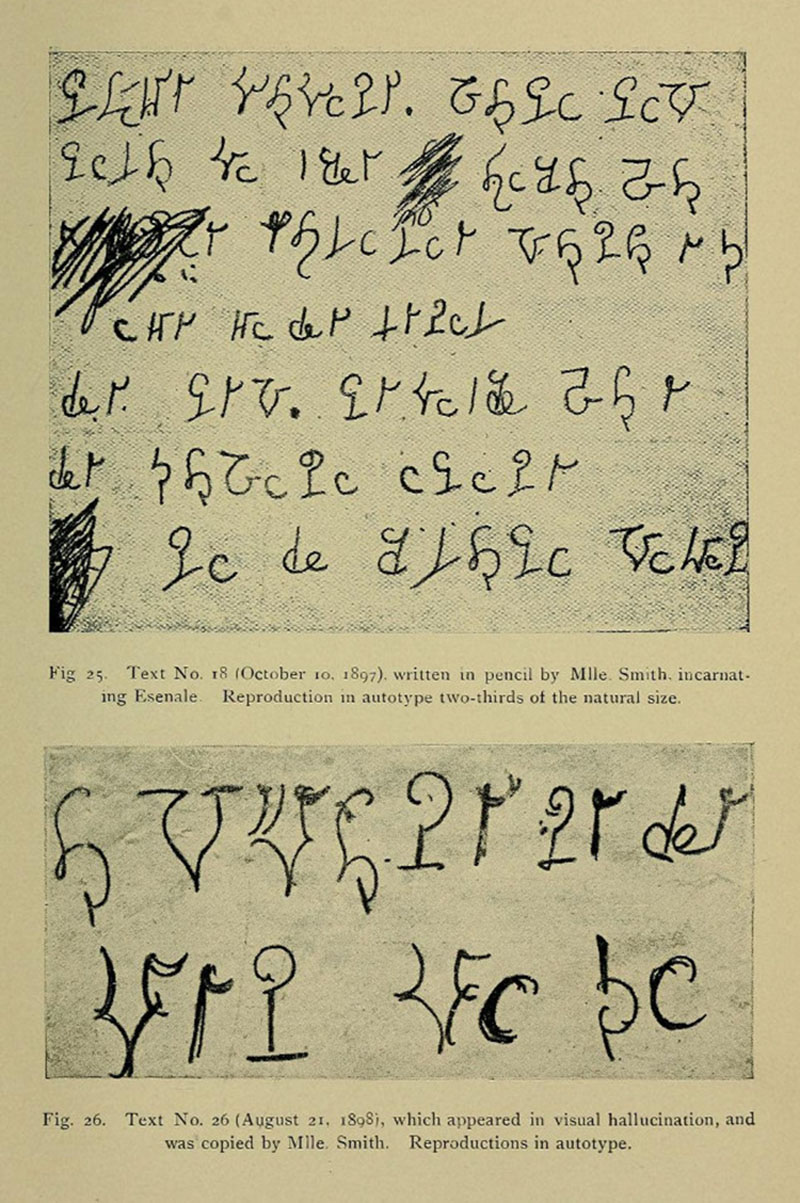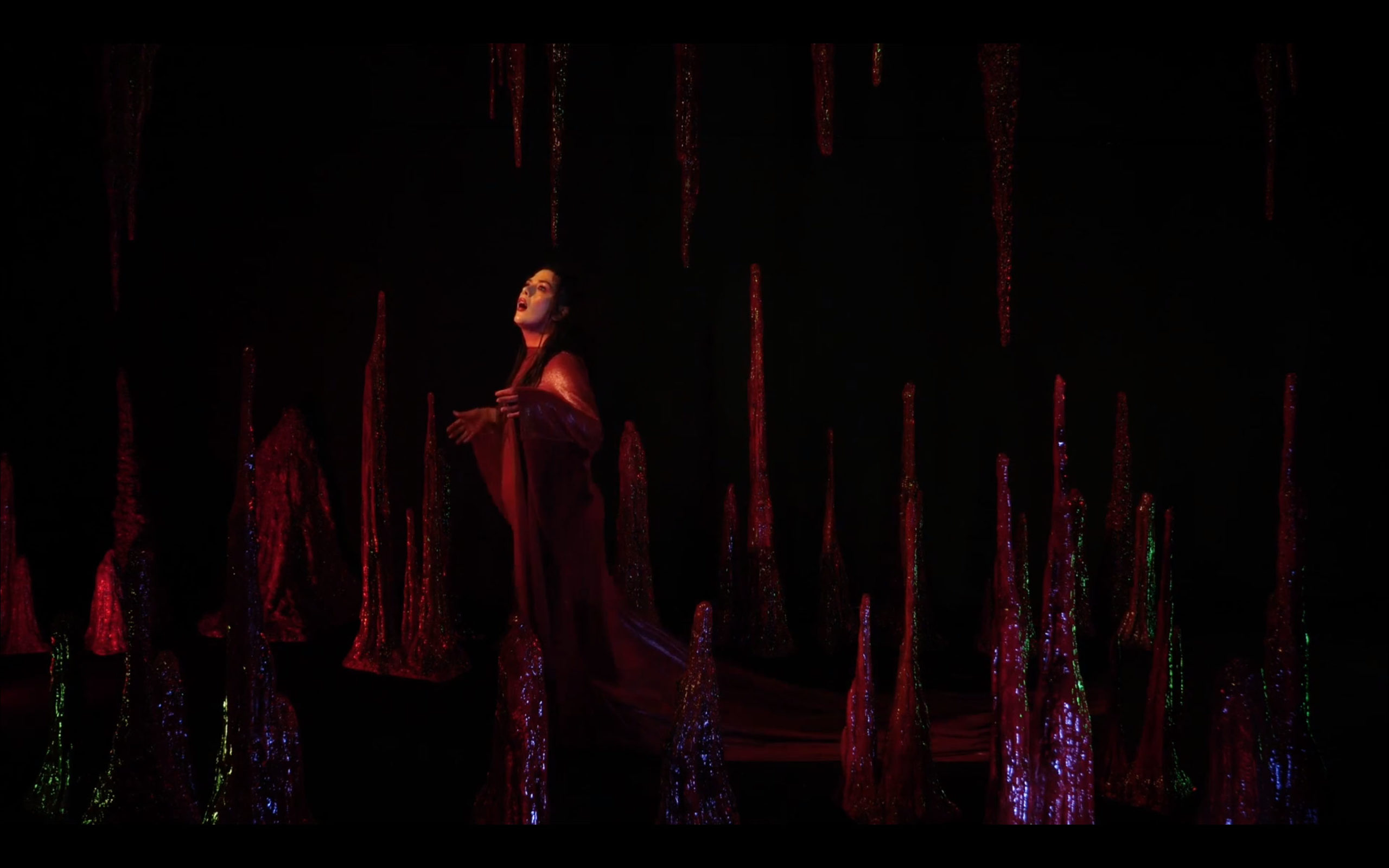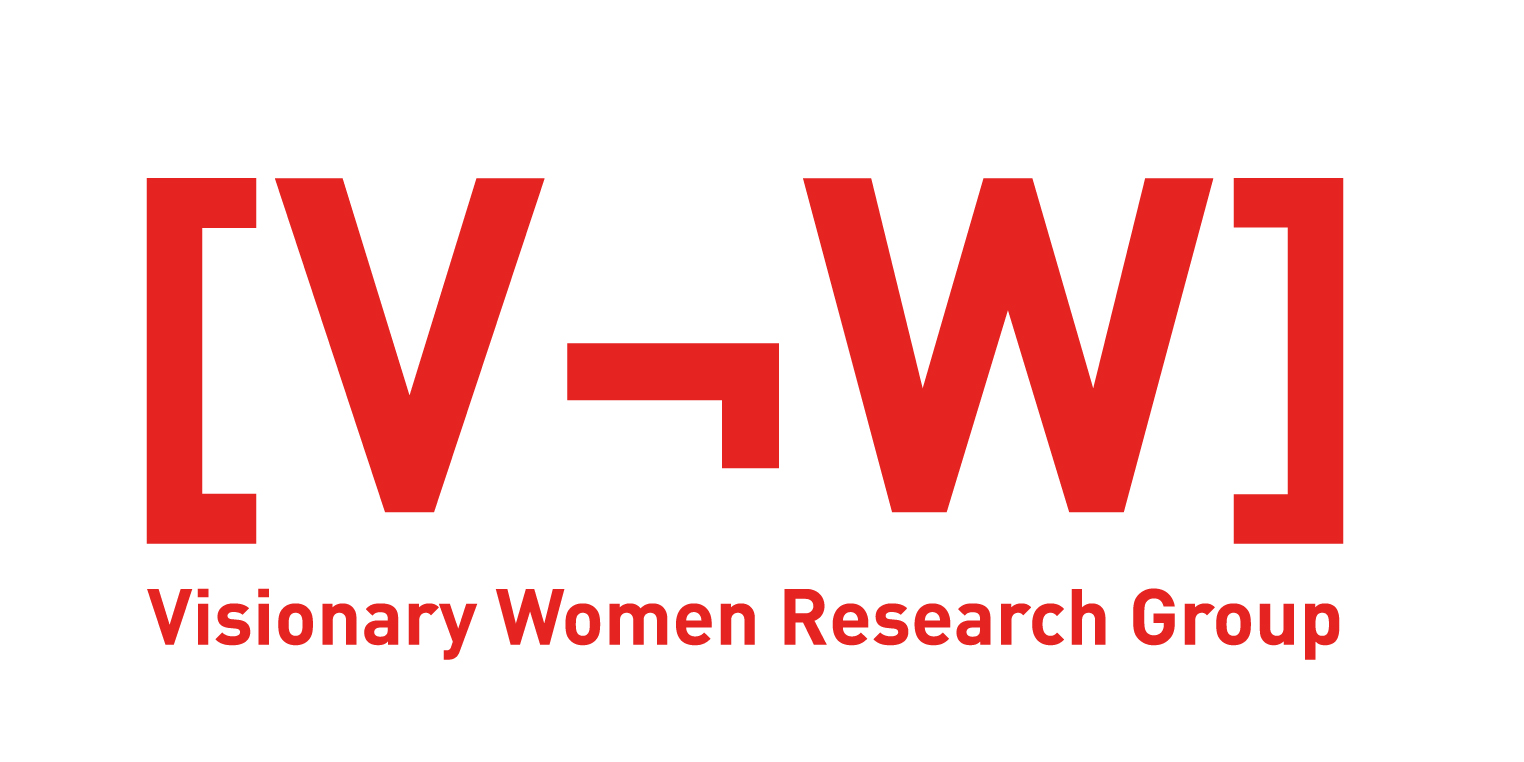Search
To search for an exact match, type the word or phrase you want in quotation marks.
A*DESK has been offering since 2002 contents about criticism and contemporary art. A*DESK has become consolidated thanks to all those who have believed in the project, all those who have followed us, debating, participating and collaborating. Many people have collaborated with A*DESK, and continue to do so. Their efforts, knowledge and belief in the project are what make it grow internationally. At A*DESK we have also generated work for over one hundred professionals in culture, from small collaborations with reviews and classes, to more prolonged and intense collaborations.
At A*DESK we believe in the need for free and universal access to culture and knowledge. We want to carry on being independent, remaining open to more ideas and opinions. If you believe in A*DESK, we need your backing to be able to continue. You can now participate in the project by supporting it. You can choose how much you want to contribute to the project.
You can decide how much you want to bring to the project.

SPEAKING MARTIAN is the theme issue of 2021’s second equinox, an unconventional, pandemic, volcanic and climatically extreme year. The four texts included are constellations of female genealogy that focus on the creations and experiences of unconventional women and inhabitants of other worlds. These 21st century writers and artists speak of events and processes from the end of the 19th century that were ignored in the 20th century for being considered “Martian.”
This issue is a tribute and vindication of the Martian humanist cult of the many women who altered rationalist modernity, a utopic Martianism of the visionary fraternity of suffragettes and feminists, the extraterrestrial silence of citizens punished in mental health centers, the alien power of female artists with turbulent creativity and the magical and anarchistic investigations of emancipated authors. Some of these people were the subject of study and debate among male scientists, psychologists and psychoanalysts of the early 20th century. The linguist Ferdinand de Saussure, for example, declared that the Martian language spoken during the channelings of the Swiss medium and artist Hélène Smith (1862-1929) was a structured language and not an effect of psychic imbalance, despite the insistence of the psychologist Theodore Flournoy who studied her for several years and published a book, From India to the Planet Mars (1899), which brought him fame but plunged the protagonist into a deep crisis due to the hypocrisy of science. At the same time, André Breton admired the visionary talent of Hélène Smith in her drawings of landscapes and Martian beings, but he took revenge on such interplanetary feminism by writing that her work was very interesting but “was not art.” The patriarchy never speaks Martian.
Recently, the CCCB of Barcelona presented an exhibition dedicated to the Red Planet, exhibiting materials and documents accompanied by scientific choreography about its mysteries and possibilities for the earthlings of the future. In the urgency of a planet that flounders under tons of garbage and evil, Mars becomes a wild card for both new adventures on astral routes and in anticipation of a future stampede that will abandon the blue planet to change the color of its habitat. Mars represents the god of war, but also social weirdness and the eccentric imagination of science fiction and stories of flying saucers. More than a planet in the astronomical sense, the fourth solar orbit, everything that comes from its etymology becomes referred to as a symbol, allegory or human psychological type. The scarlet planet has been the object of mystical visions, psychotropic experiences, visionary literature, symbolist art, electronic music and sci-fi cinema. Planets and stars, within the amniotic sac of our solar system, have been observed and studied since ancient times in instinctive, mathematical, astronomical, astrological or quantum ways, and have revealed the existence of a nebulous history populated with possible life forms, satellites and electromagnetic magma in constant circulation between infinite times, including mysterious stories about the abduction of galactic heroes, mad scientists and souls on a journey of knowledge after having left their bodies behind. In this exhibition, two Martian women presided over such visionary boundaries: Hélène Smith and Aelita Queen of Mars, reality and fiction in a shared story about talent and the power of women.

Hélène Smith’s Martian alphabet in Théodore Flournoy’s book From India to the Planet Mars (1900).
Despite Mars being considered the Red Planet, a symbol associated with the most mythological patriarchal masculinity, we now know that Mars may be the only hope for the future of human beings since the great survivalist migration will be only one-way. The Martians we admire ask us to interpret red as an allegory of the body and of childbirth, as a gift of life and a prophecy of possible futures. In stories and in desire, all that is hidden and wonderful erupts in a single voice that points the direction to a possible future: “Remind me of myself,” spoken in a language both feminine and Martian.
Alexa Jade Frankelis journeys through the past and the astral world in her photographic work as an artist and in her studies on the aesthetic epithets of a secular and feminist form of spirituality, that is, late 19th century Modern Spiritualism in New York and in Western thought. Light and shadow on stages and in architectures suspended in time, using fin de siècle techniques and hermeneutics. From this perspective, she writes about her generation’s fascination with photographic developing and the hidden knowledge of Victorian society, especially on one subject, the culture of mourning. Her text reminds us of the connection between spiritism and the suffragette movement, about how a social revolution was impossible without its own form of spirituality. In the 19th century, to communicate with spirits and live death as a rebirth was an experience that changed the culture of mourning and gave women their own voice in the public sphere. To transcend death and to blur the boundaries between science, spirituality and gender politics was a tactic of emotional catharsis and also an activator of ancestral knowledge and the world of magic, places and tools for the creativity of the artists that the new generations of the 21st century are recovering and expanding.
The Martianism of Lucía de la Cruz comes from the most unspeakable inner world. A researcher and a visionary, a clairvoyant and a medium, Lucía offers us a text full of generosity where, based on her doctoral thesis on Tarkovsky’s film time that she is still working on, she narrates to us from an indefinite and Martian temporality her capacity for vision, her ability to see with her inner eyes. These poetics are to be found in the Russian director’s cinema, but they also allow us to enter into the body of Lucia at different ages as she begins to understand her extraordinary capacities, that fire that comes from a place you cannot touch but that is cosmological and is inevitably traversed by the body, as is also recounted in the Martian work of the visionary Hildegard von Bingen. It is an exercise in vulnerability and altruism, and Lucia is a real-life visionary.

“The Vampire Manifesto”, Raisa Maudit, 2021
Since she studied art history at the University of Geneva, Sara Petrucci has collided with the invisible gears of the 19th century led by such artists as Emma Kunz and Olga Fröbe-Kapteyn, two women who dedicate their lives to studying the universe and the nature of human beings through a highly symbolic visual grammar. Within the work of these two authors, Sara weaves together past popular traditions and the future of science, Western culture and Oriental knowledge, the spiritual and political dimension of the end of modernity and its utopian future. We identify with these unconventional artists. Theosophy, anthroposophy and spiritism were the guiding lights for their spirit, meditation and yoga techniques, with sacred iconography the path to their origin. Researchers and artists, these women’s work does not lend itself to commercialization but rather to healing, carried out in the intensity of a communication transfer between the material and the astral worlds, complying with a ‘life mission’ entrusted to them by their spiritual guides. For them, the term ‘author’ dissolves in favor of a creativity of relationship and common good. Sara Petrucci highlights how these forms of holistic creation broaden artistic categories by advancing debates about the power and functions of art.
As a good and proud Sagittarius, Marian Garrido sails calmly and safely through the waters of Discordia. Marian, an artist, researcher and teacher, is a remix of herself. In her work, several lines coexist, becoming entangled and untangled, in which music, post-anarchism, magic and technology colliding and merging to propose an accelerated capitalism that devastates and annihilates discourses and ideas. Marian twists these lines to suggest speculative scenarios in a temporary space that allude to a collision between past, present and future. Marian presents us with a high-speed text in which she deals with her own work by undertaking a referential journey through Mashups as a revolutionary element, remixing the remix with the magical technology of sigil that was developed at the beginning of the 20th century by occultists such as Arthur Osman Spare, and later embraced by the Magic of Chaos in the 1970s, and still later by other versions of techno-magic and posthumanism. Marian creates a text that is a mashup-sigil in itself and that allows the reader to enter into and depart from it on a journey to other referential dimensions between hyperlinks.
SPEAKING MARTIAN
(Cover photo: Aelita, Queen of Mars, Yákov Protazánov, 1924)


Visionary Women Art is an independent, open and nomadic research group. It brings together studies, activities and productions on visionary art and secular spirituality of unique women, especially in the circular passage of the XIX-XXI century. The grup presents periodically International Seminars at the University of Barcelona. They also publish books and journals on the subject. In 2022, they received the ACCA Research Award.
"A desk is a dangerous place from which to watch the world" (John Le Carré)